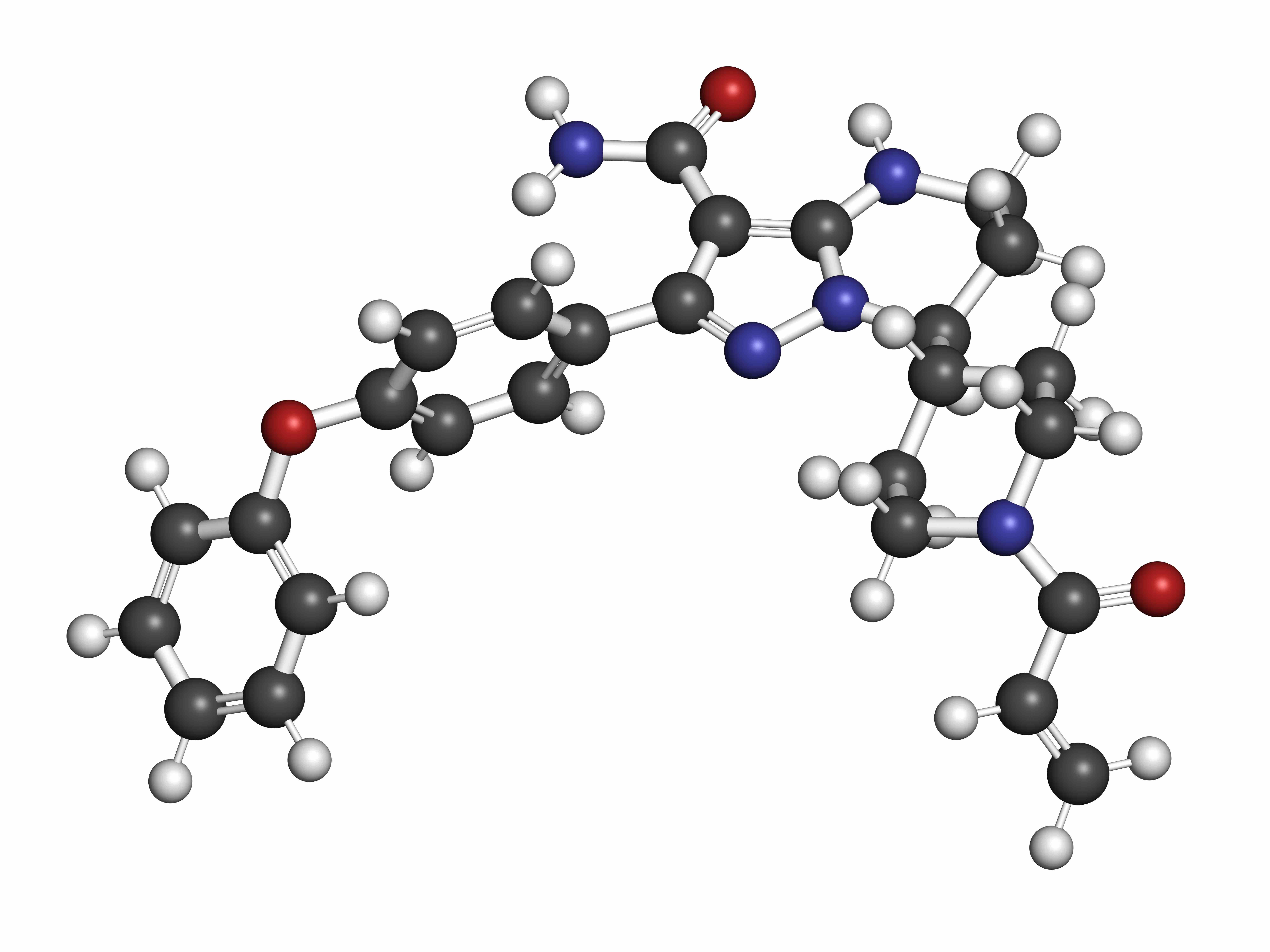Article
Biomarker Advances Bring New Hope of Targeted PTCL Therapy
Author(s):
Peripheral T-cell lymphoma (PTCL) has been a challenging nemesis for scientists, in large part because it is a widely heterogeneous disease. However, new research into biomarkers for the cancer may lead to better therapies soon.
New advances in scientists’ understanding of the molecular and genetic origins of peripheral T-cell lymphomas (PTCL) are beginning to make it possible for a more targeted approach to treatment of the cancers, according to a new review article.
Coauthors Erin Mulvey, MD, and Jia Ruan, MD, PhD, both of Weill Cornell Medicine, in New York, write in the Journal of Hematology & Oncology that PTCLs have long been a treatment challenge because they are heterogenous and rare. The term PTCL represents a group of non-Hodgkin lymphomas (NHLs) derived from mature T/NK cells, though the cancer’s emergence and mechanism can look different from patient to patient. An estimated 5%-10% of NHL cases in Western countries are classified as PTCLs, though rates are higher in Asia and South America.
Mulvey and Ruan say most patients with PTCL are currently treated in the same manner as aggressive B-cell NHL, and most patients receive the CHOP chemotherapy regimen of cyclophosphamide, doxorubicin, vincristine, and prednisone, even though it generally is not curative. In some cases, autologous stem cell transplantation is used as a treatment, though the authors report that relapse rates are high in PTCL patients who undergo the therapy.
The situation could be changing, though, as scientists have uncovered biomarkers for PTCL subtypes. There are now more than 30 subtype classifications, though the most common classification (30% in Western countries; 20%-25% in Asia) remains the catchall “not otherwise specified” (NOS) category. It has no characteristic immunophenotype.
Aside from PTCL, NOS, other common subtypes include nodal T cell lymphoma with T follicular helper (TFH) including angioimmunoblastic T cell lymphoma (AITL) and systemic anaplastic large cell lymphoma (sALCL).
The authors outline a number of approaches to treating the disease. Among them is targeting surface cell receptors. For instance, they write that using the antibody-drug conjugate brentuximab vedotin to target CD30+ PTCL has boosted survival when used in combination with chemotherapy in a frontline setting.
Another approach is to target the epigenome of the cancer. Epigenetic modifying agents, such as histone deacetylase (HDAC) inhibitors and hypomethylating agents appear to be effective, and Mulvey and Ruan note that therapies are currently in development that would use combination strategies incorporating these epigenetic modifying agencies as therapies in the frontline or relapsed setting.
Meanwhile, the authors write that a number of novel agents targeting proliferative signaling pathways and the tumor microenvironment are also in development and have shown promise.
Going forward, Mulvey and Ruan say researchers are working on using chimeric antigen receptor T (CAR-T) cells against CD30, an idea that’s currently in a phase 2 trial for patients with relapsing/remitting CD30+ PTCL. Another effort is an antibody, AMF13, which contains binding sites for both CD30 and for CD16A, which the authors note is the receptor associated with activation of NK cells and is also being investigated for use in patients with CD30+ lymphomas.
Lastly, the authors say, the pan-T cell antigen T cell receptor β-chain (TCRB) is being investigated as a target in patients with TRBC1+ selected relapsing remitting PTCL.
In their conclusion, Mulvey and Ruan say these findings suggest a changing paradigm that will deliver significantly better results for patients with PTCL.
“Delivering the most effective treatment tailored to underlying biology and therapeutic targets in the first-line and relapsed settings is poised to make the most enduring impact on [a] patient’s survival outcome,” they wrote.
Reference
Mulvey, E., Ruan, J. Biomarker-driven management strategies for peripheral T cell lymphoma. J Hematol Oncol. 2020;59(13) doi:10.1186/s13045-020-00889-z




